Atrazine
Archie PWS
Atrazine is a herbicide commonly detected in drinking water that comes from cornfield and other agricultural runoff. It is a hormone disrupter that harms the male and female reproductive systems of people and wildlife. Read More.
Federal laws allow up to 3 parts per billion of atrazine in treated tap water. Water suppliers average atrazine measurements collected over a year, which means that the reported values underestimate intense spikes of elevated exposures during the periods in late spring and early summer when atrazine is applied in large amounts on farm fields.
Human epidemiological studies suggest that federal standards for atrazine are insufficient to protect public health. In 1999 the California Office of Environmental Health Hazard Assessment set a public health goal of 0.15 parts per billion for atrazine in drinking water, based on a study finding increased rates of breast cancer in rats exposed to the chemical. California’s legal maximum for atrazine in tap water is 1 ppb.
Samples
Samples exceeding legal limit (MCL)
Samples exceeding
health guidelines
Testing results - average by year
| Year | Average result | Samples taken | Detections | Range of results |
|---|---|---|---|---|
| 2014 | 0.253 ppb | 4 | 3 | ND - 0.410 ppb |
| 2015 | 0.360 ppb | 4 | 3 | ND - 0.650 ppb |
| 2016 | 0.280 ppb | 4 | 3 | ND - 0.440 ppb |
| 2017 | 0.323 ppb | 4 | 3 | ND - 0.640 ppb |
| 2018 | 0.405 ppb | 4 | 3 | ND - 0.780 ppb |
| 2019 | 0.210 ppb | 4 | 1 | ND - 0.840 ppb |
ppb = parts per billion
State and national drinking water standards and health guidelines
EWG Health Guideline 0.1 ppb
The EWG Health Guideline of 0.1 ppb for atrazine was defined by EWG based on epidemiological studies of human exposure to atrazine in drinking water.. This health guideline protects against harm to the developing fetus, harm to the reproductive system and hormone disruption.
EPA Maximum Contaminant
Level (MCL) 3 ppb
The legal limit for atrazine, established in 1991, was based on a toxicity study in laboratory animals conducted in the 1980s. This limit does not fully protect against harm to the reproductive system, harm to the developing fetus, and hormone disruption.
ppb = parts per billion
All test results
| Date | Lab ID | Result |
|---|---|---|
| 2014-02-10 | AC18917 | 0.270 ppb |
| 2014-05-15 | AC23670 | ND |
| 2014-08-12 | AC32454 | 0.410 ppb |
| 2014-11-14 | AC38667 | 0.330 ppb |
| 2015-02-09 | AC42483 | 0.650 ppb |
| 2015-05-08 | AC47040 | ND |
| 2015-08-14 | AC58011 | 0.370 ppb |
| 2015-11-06 | AC63186 | 0.420 ppb |
| 2016-02-05 | AC66859 | 0.440 ppb |
| 2016-05-09 | AC72541 | ND |
| 2016-08-12 | AC82220 | 0.400 ppb |
| 2016-11-14 | AC87722 | 0.280 ppb |
| 2017-02-03 | AC91309 | 0.310 ppb |
| 2017-05-05 | AC96251 | ND |
| 2017-08-18 | AD04025 | 0.640 ppb |
| 2017-11-21 | AD09836 | 0.340 ppb |
| 2018-02-13 | AD14789 | 0.440 ppb |
| 2018-05-07 | AD20792 | ND |
| 2018-08-03 | AD31567 | 0.400 ppb |
| 2018-11-08 | AD36075 | 0.780 ppb |
| 2019-02-25 | AD39877 | 0.840 ppb |
| 2019-05-16 | AD47759 | ND |
| 2019-09-15 | AD54351 | ND |
| 2019-11-08 | AD58376 | ND |
